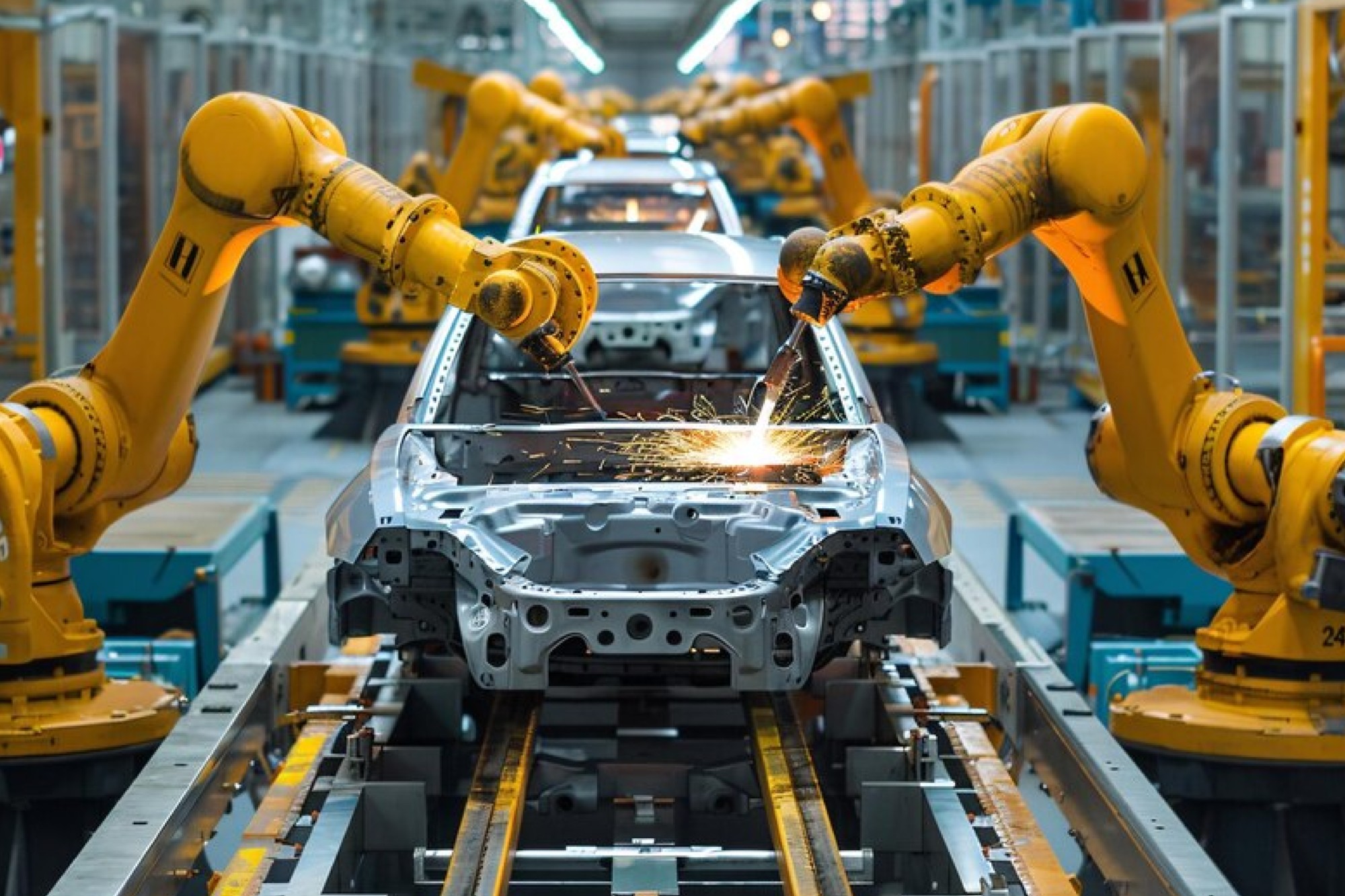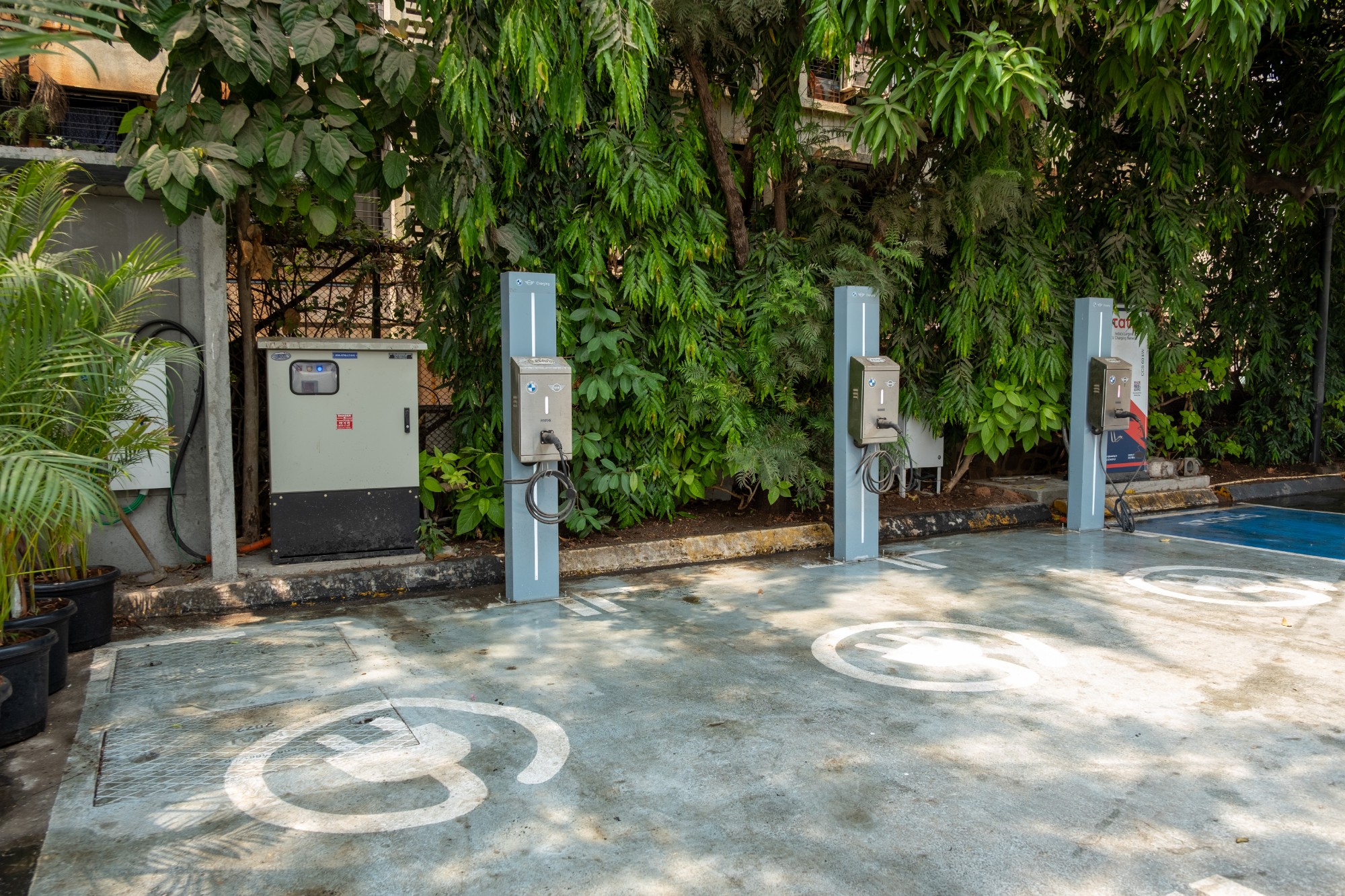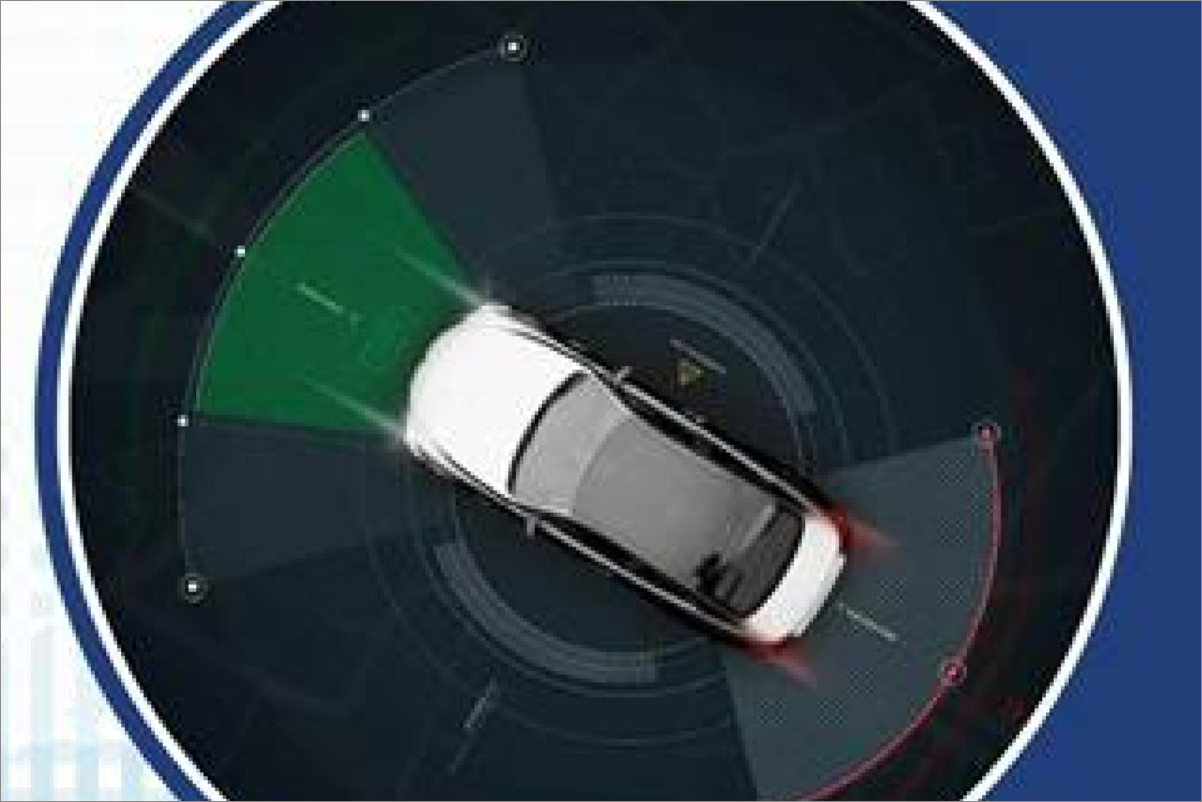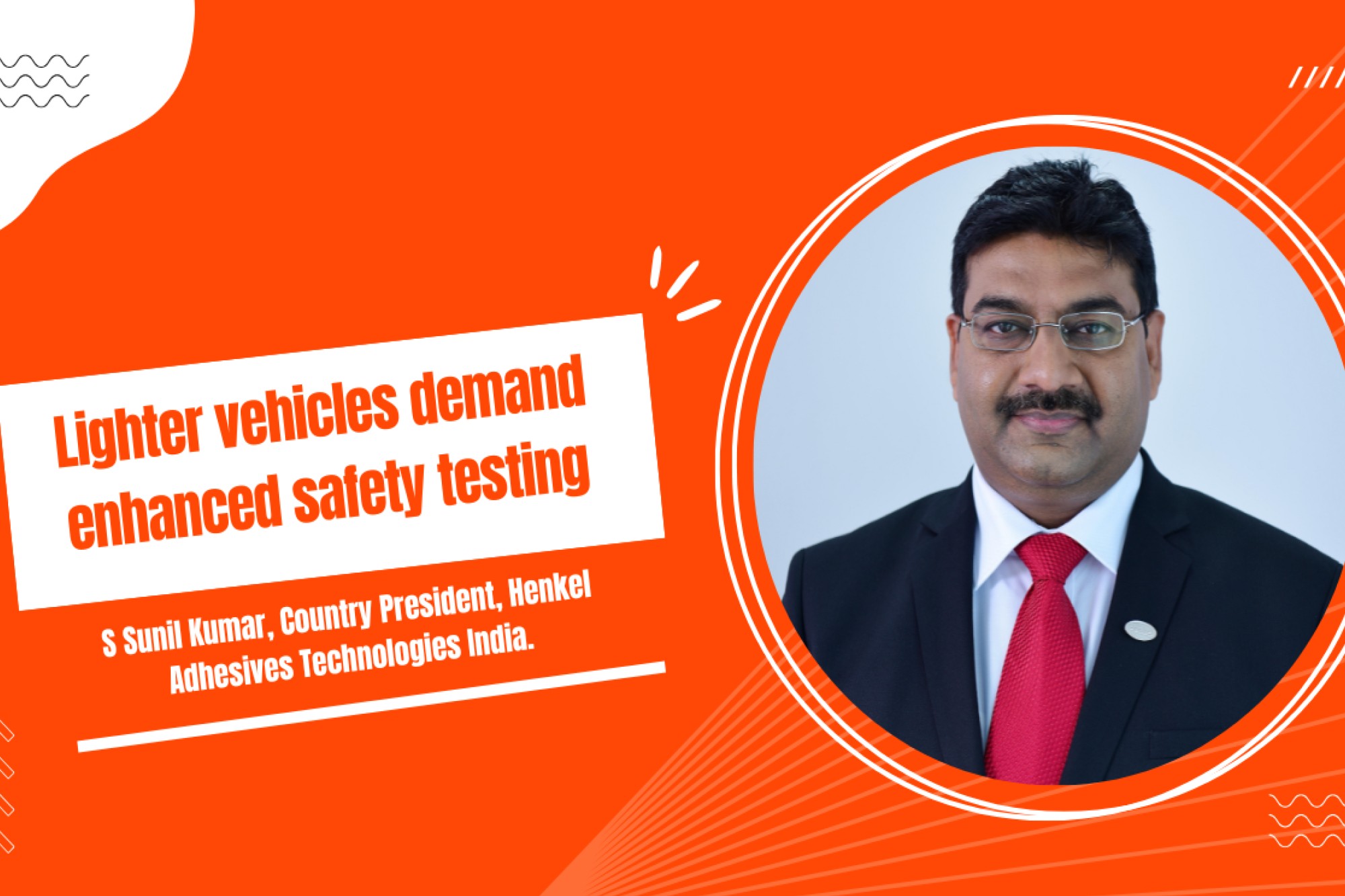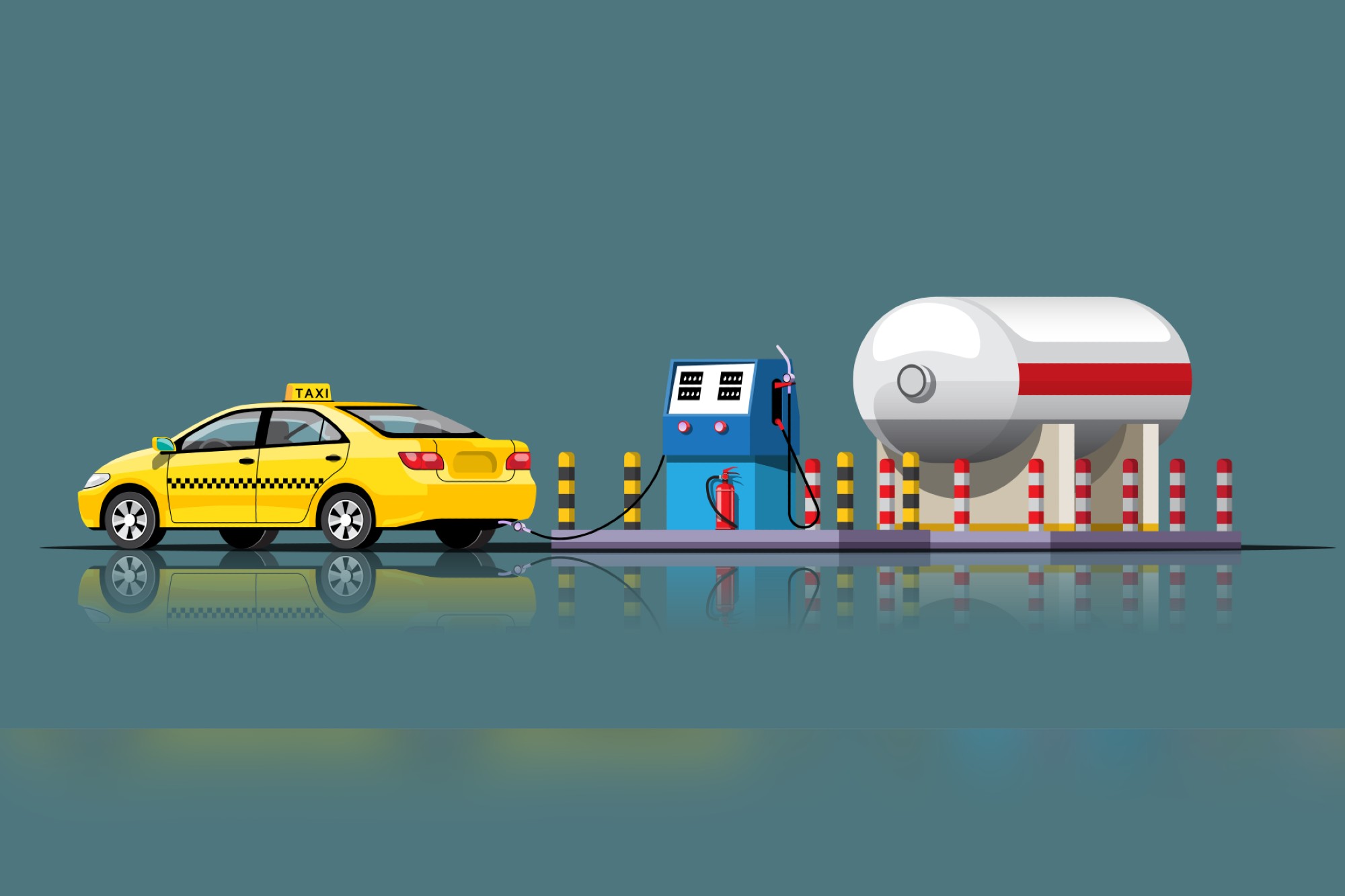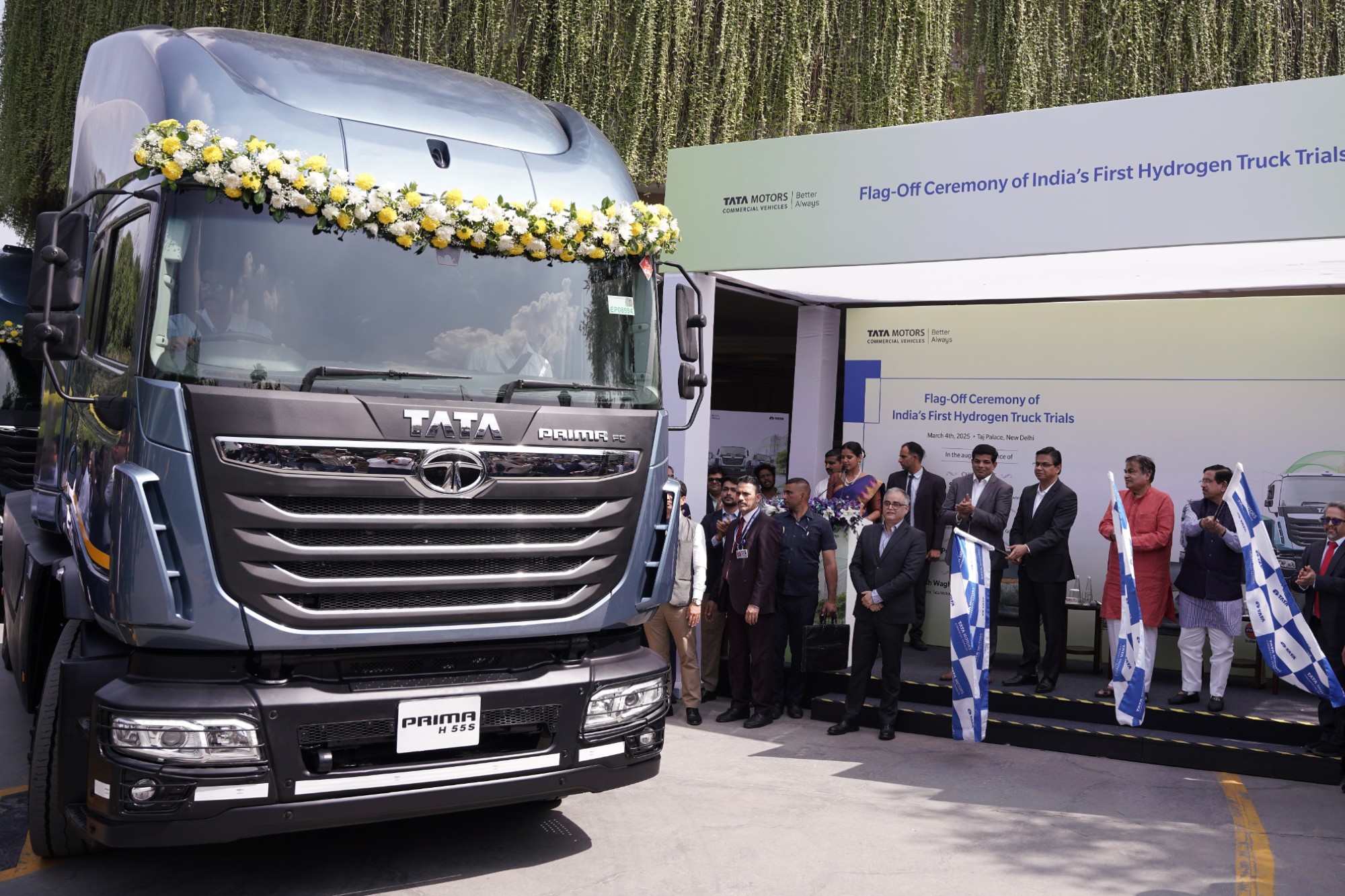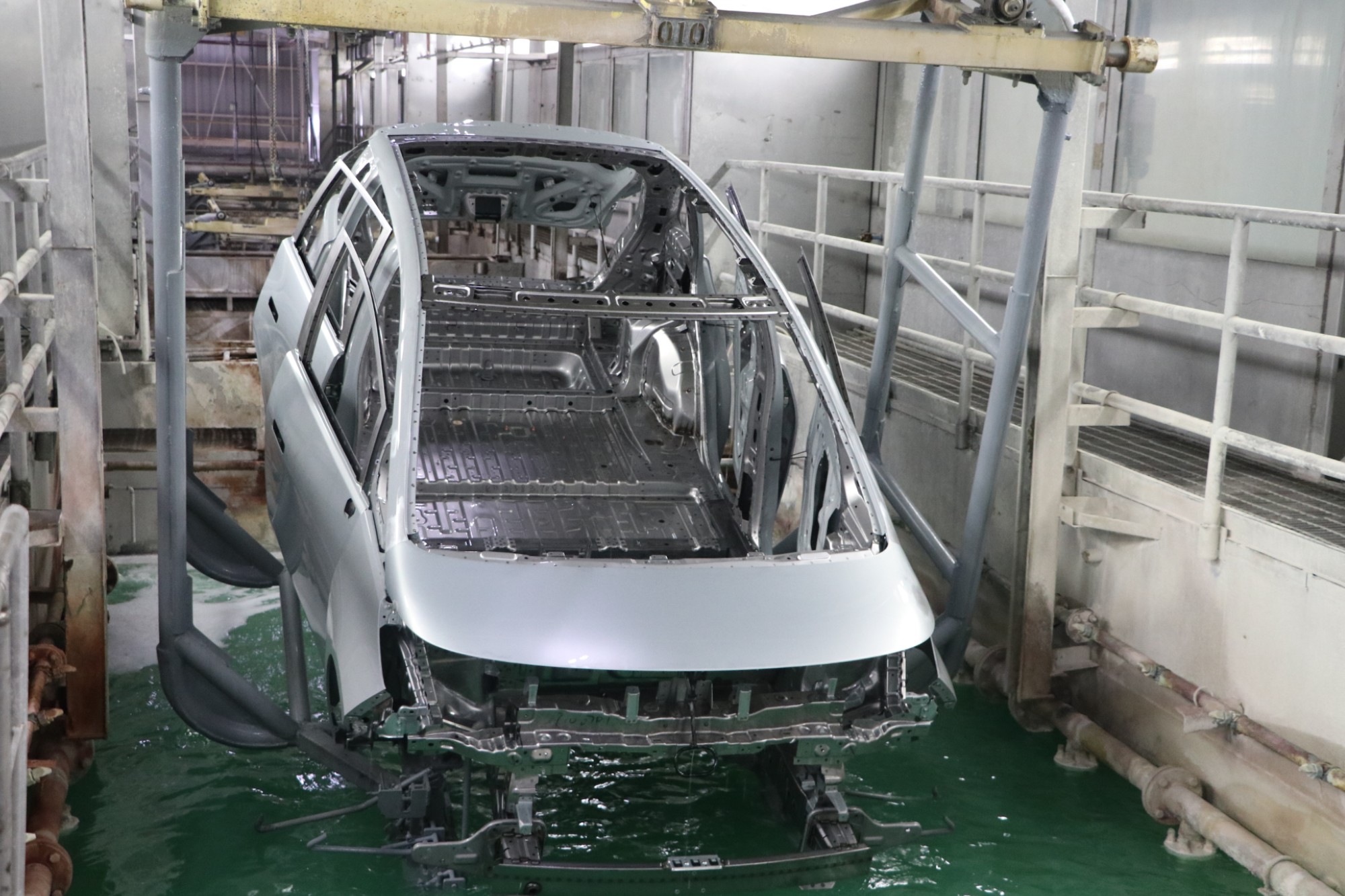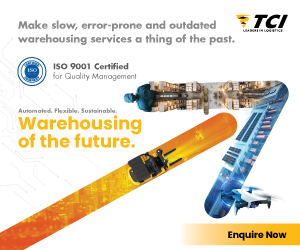Automation speeds up battery production
By OEM Update Editorial February 7, 2024 6:50 pm IST
This article explores the prominent role of automation in overcoming hurdles and meeting the growing demand for efficient and cost-effective battery production.
Our global production landscape is witnessing diverse trends, with a notable shift towards sustainable solutions. Energy from fossils is one of our most precious resources; the impact of fossil energy on our daily lives has become increasingly evident as we seek solutions to rising costs and fossil fuel dependency. Moreover, all eyes are now focused on renewable energy as a viable solution. Sustainable energy is widely available globally in many forms and safeguards the environment.
The most environmentally friendly way to produce electricity is with the big four energy sources: wind, water, solar, and biomass combustion. Aligned with this trend, electric vehicles are expected to replace fossil fuel-powered automobiles at an accelerated rate globally. Governments are also actively supporting this transition to ensure smooth implementation and environmental balance control.
However, as electric vehicles gain momentum, manufacturers face challenges in meeting customer demands for extended drive range, battery maintenance, and controlling high production costs. The market’s most pressing issue with the usage of electric vehicles is the high requirement for batteries for the power pack. To maintain a balance in their sales of electric vehicles, the producers of electric vehicles have now begun producing their batteries. For an electric vehicle, the battery is the heart, and finding solutions to speed up the battery production process is the need of the hour to meet the high demands in the sale of electric vehicles in the future. With recent industry reports for 2023, automation will be the key to lowering unit costs and making the necessary leaps in productivity.
Motive towards electric car
Consumers are increasingly motivated by sustainability. As consumers are ready to make their next car an electric one, their decision hinges on two main factors: price and range. Batteries account for around a third of electric vehicle costs, so producing them efficiently will be crucial to making the price tags more attractive to consumers.You need to get the latest battery technology to market as quickly as possible to improve vehicle range. And, you need to achieve exceedingly high manufacturing quality under sensitive conditions. The decisive factor for consumer acceptance of an electric car predominantly hinges on the distance it can travel on a single battery charge. This makes rechargeable lithium-ion batteries a key element of electromobility concepts worldwide.
Automation drives high-speed battery production
The automotive industry is gearing up for a future dominated by electric vehicles. The challenges associated with rapid and efficient battery production align with the benefits of having an integrated ecosystem. This includes automation & robotics, machine learning, and other elements that are precisely timed to work together around a mechatronic transport system. Earlier, stationary tasks were completed in motion at high speeds, and battery cells moved individually through a network of process stations instead of following the traditional linear model. Combining a mechatronic transport system with machine vision allows you to identify cells in 50 milliseconds as they pass by at 4 meters per second – with no external triggers, lights, or expensive cameras. That would normally take two full seconds with the product speed, so it is a time savings of 97.5 percent.
You can set up the production flow as a network of linked stations by using B&R intelligent mechatronic transport system. In this manner, planning cycle times and having fewer stations with higher utilisation at each location will be possible. Buffers and empty conveyor sections that take up room but do not add value can be removed. Slower stations can be parallelised to increase productivity without expanding the footprint. Thus, such a shop floor design of adaptive manufacturing units helps lower the shopfloor footprint. With multiple such stations for production flow, minor disruptions will no longer have the same significant effect on OEE as in a traditional linear setup because the malfunctioning station automatically reroutes parts to healthy processing stations without any stoppage.
Cookie Consent
We use cookies to personalize your experience. By continuing to visit this website you agree to our Terms & Conditions, Privacy Policy and Cookie Policy.




